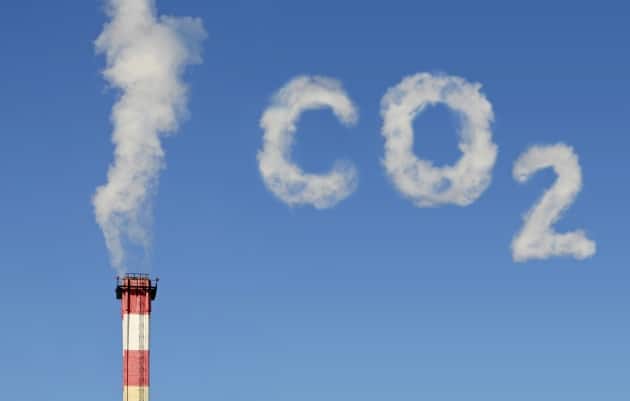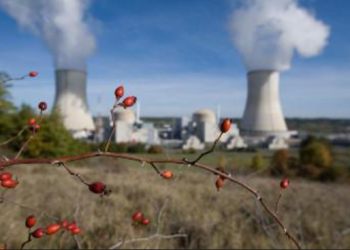Brussels – A 2040 climate target, three scenarios to achieve it, and an industry-wide CO₂ management strategy to help capture and store residual emissions. Tomorrow, the European Commission tomorrow will unveil its plans on two of the last remaining Green Deal dossiers to be submitted by the legislative deadline.
The 2040 intermediate climate target and the industrial carbon strategy: Maros Sefcovic, the Commission’s Vice-President for the Green Deal, will present both communications in Strasbourg, where the Plenary of the European Parliament meets from today until Thursday. Brussels will present a recommendation on the climate target with an impact assessment examining three different pathways to the 2040 interim climate target, Eunews learned.
So, the communication will only be a recommendation to start the debate. The2040 climate target legislative proposal will not be presented until after the European elections, probably in early 2025. After that, Parliament and the member states – the EU’s two co-legislators – will negotiate and adopt the actual law.
Three scenarios and the 2040 goal
.

As we anticipated in recent days, the European Commission evaluated three scenarios in the impact assessment accompanying the communication: a reduction of up to 80 percent of emissions from 1990 levels, consistent with a linear trajectory between 2030 and 2050; of 85-90 percent, consistent with the level of net greenhouse gas reductions that would be achieved with the extension to 2040 of the current policy framework; and of 90-95 percent.
The Commission will recommend a 90 percent reduction target by 2040 from 1990 emission levels, which is the most ambitious of the three. In June 2023, the European Scientific Advisory Committee on Climate Change recommended a target of 90-95 percent reduction for 2040, considering it the only way for the EU to meet its commitments under the Paris Climate Agreement. The target applies to all sectors: energy, industry, buildings, transport, and agriculture.
The target is expected to be supported by a group of at least 11 countries (Austria, Bulgaria, Germany, Denmark, Spain, Finland, France, Ireland, Luxembourg, the Netherlands, and Portugal) whose energy ministers in recent days in a letter to Brussels called for “an ambitious target,” without going into detail about the figure.
CO₂ Capture and storage
Not just emission reduction targets. Among other things, the EU Climate Act (adopted in Brussels in 2021) commits the European Union to establish an indicative projected EU greenhouse gas budget for the 2030-2050 period — or the amount of greenhouse gas emissions released without jeopardizing the Union’s climate commitments. The Climate Council recommended that Brussels not exceed a budget of 11-14 gt (gigatons) of CO₂ equivalent between 2030 and 2050. For the same period, the Commission is expected to propose a budget of 16 gt CO₂e, Eunews learned.
The climate target proposal will come with a communication for a strategy on industry-wide capture, storage, and use of CO₂, which will indicate which sectors to rely on in the future. The recommended scenario, leading to a 90 percent reduction in emissions by 2040, calls for 75 Mt of CO₂ per year to be captured by industry. Among the technologies the Commission is considering is direct air CO₂ capture, which extracts CO2 directly from the atmosphere anywhere, as opposed to carbon capture, which is generally done at the point of emission (e.g., from a power plant). According to the International Energy Agency (IEA), this is currently the most expensive carbon capture technique. Some technologies combine bioenergy with CO₂ capture and storage. The Commission’s strategy should include a target of removing emissions directly from the air by 100-200 Mt of CO₂ per year by 2050.
English version by the Translation Service of Withub







![[foto: European Institute for Gender Equality]](https://www.eunews.it/wp-content/uploads/2021/03/gender-pay-gap.jpg)
